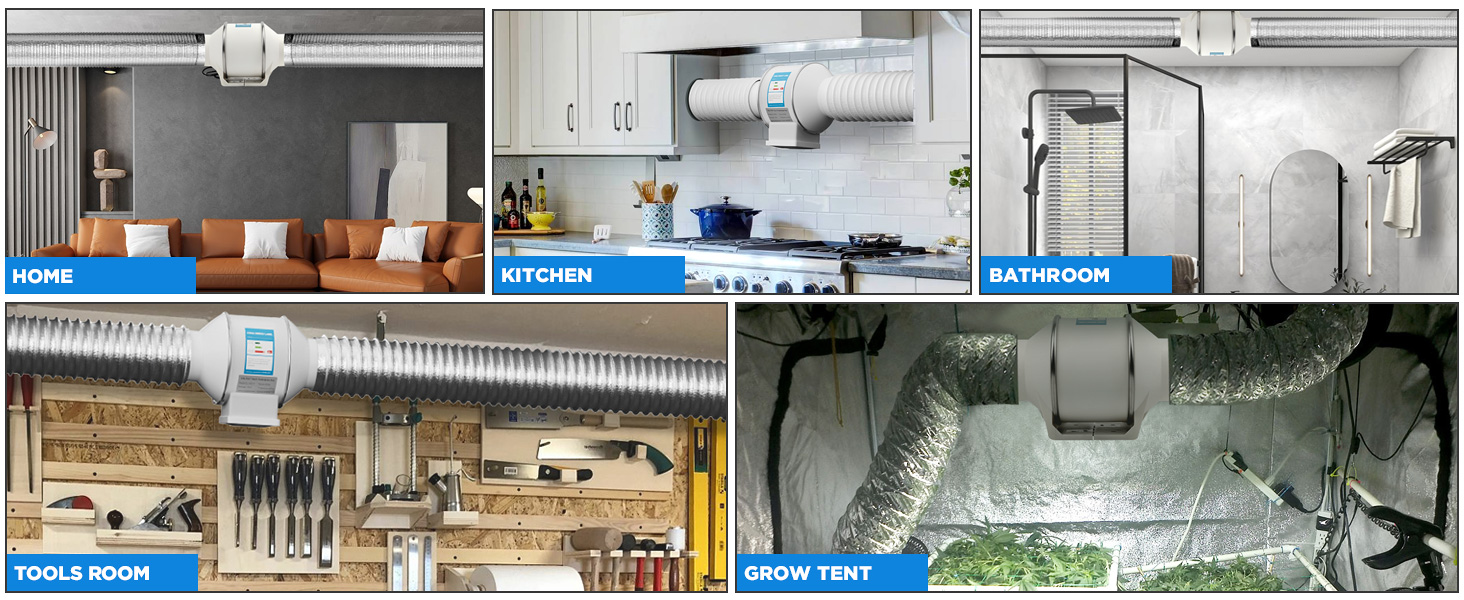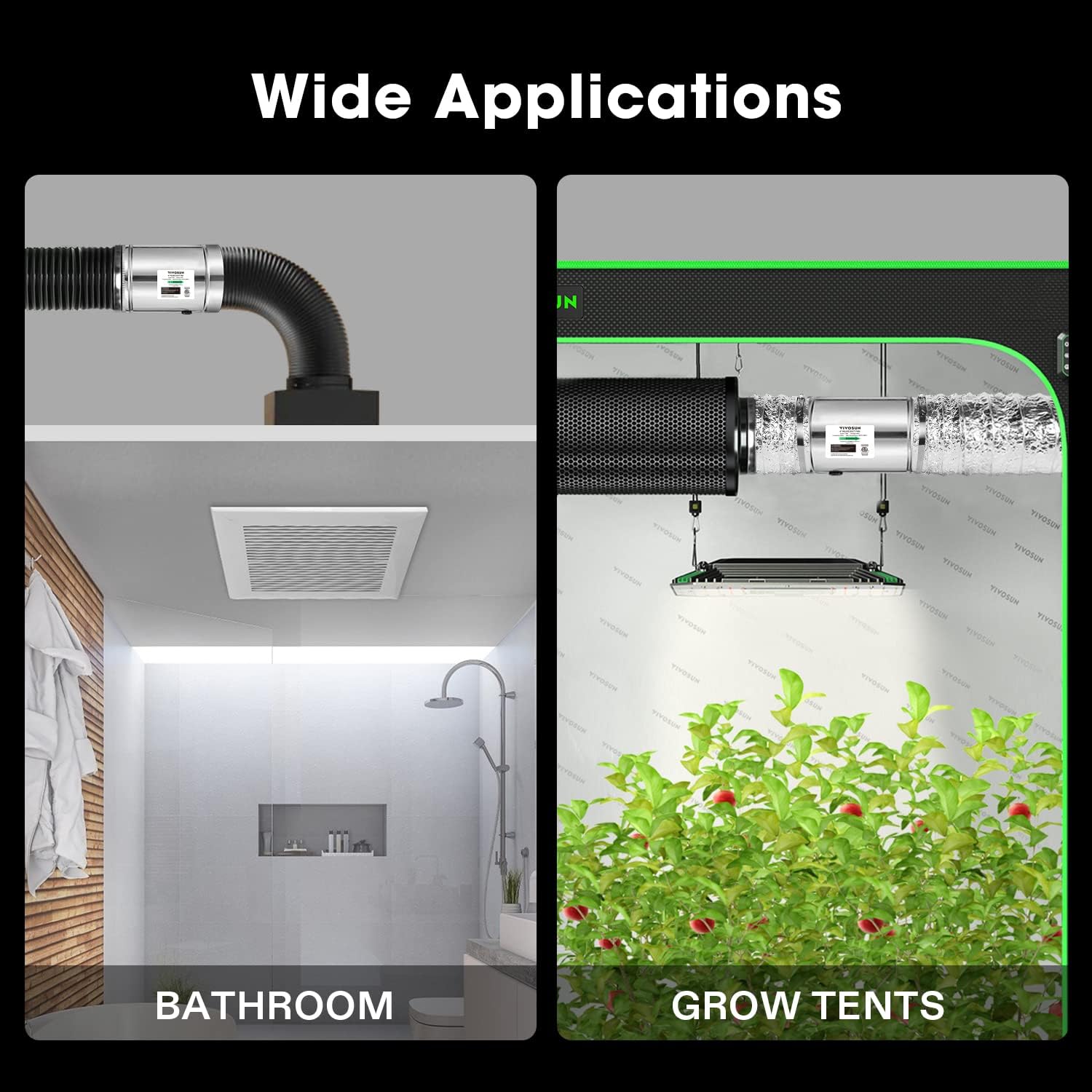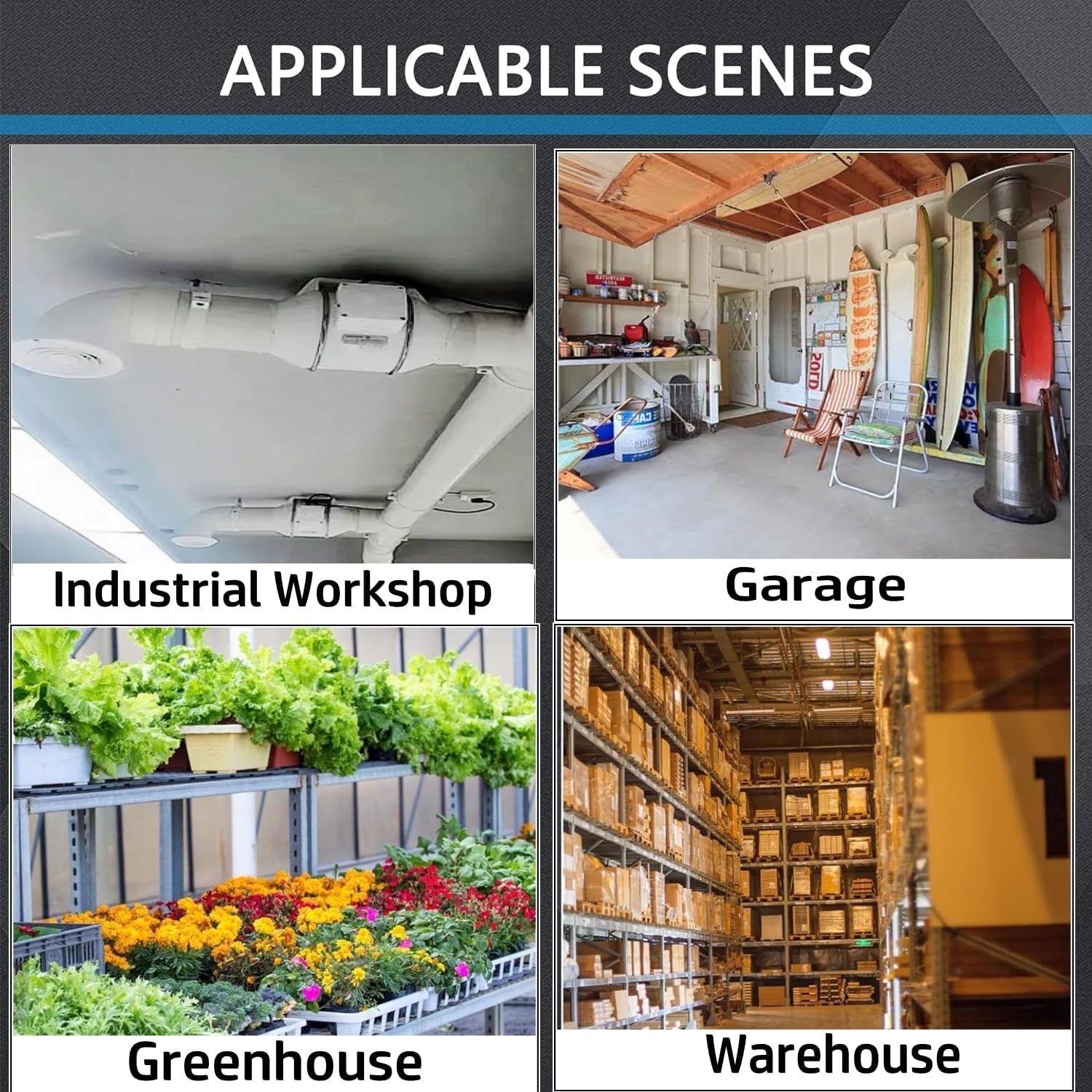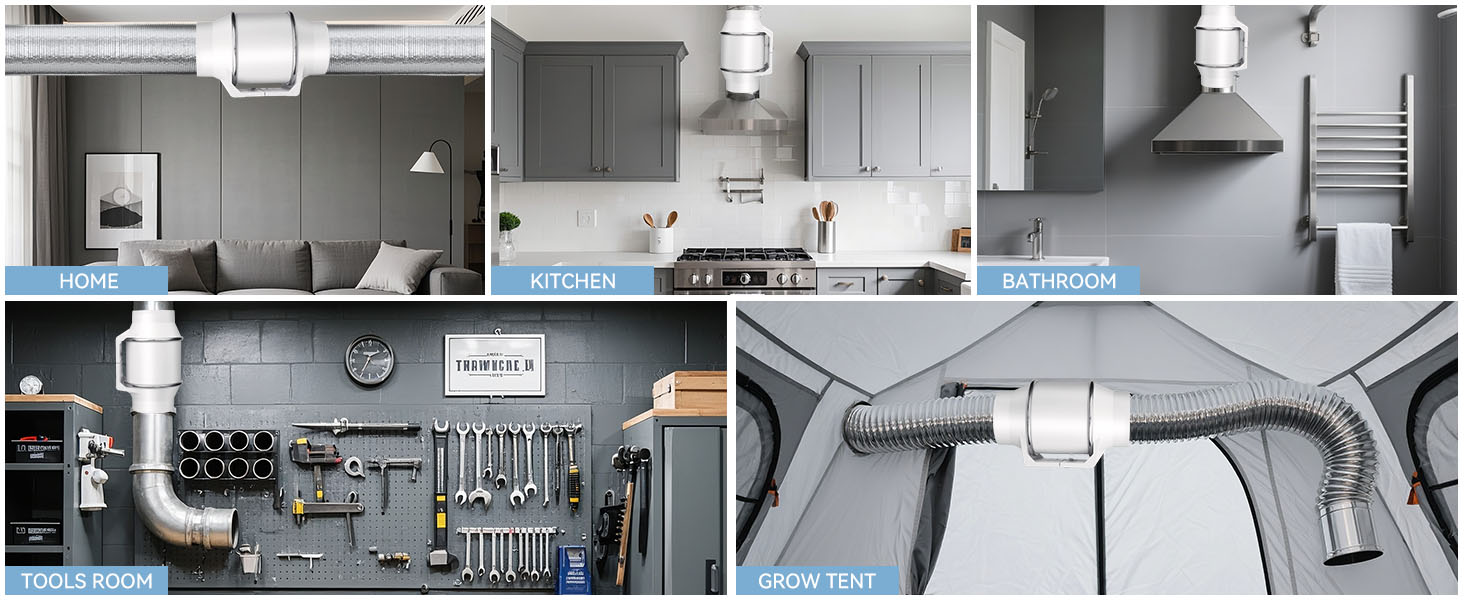What is an inline duct fan and how does it improve ventilation?
An inline duct fan is a specialized type of fan designed to be installed directly within or connected to ductwork, forming an integral part of a ventilation system. Unlike traditional fans that are mounted on walls or ceilings, an inline duct fan typically features a cylindrical housing that seamlessly integrates into the duct lines. Its primary function is to enhance airflow efficiency, effectively pulling stale, humid, or contaminated air out specific areas and, in some configurations, helping to introduce fresh, conditioned air. This targeted approach makes it an excellent inline ventilation fan solution for spaces where direct ventilation is challenging or where discreet air movement is preferred. By managing air circulation directly within the ducts, these fans contribute significantly to a healthier and more comfortable indoor environment.
What are the primary advantages of installing an inline duct fan?
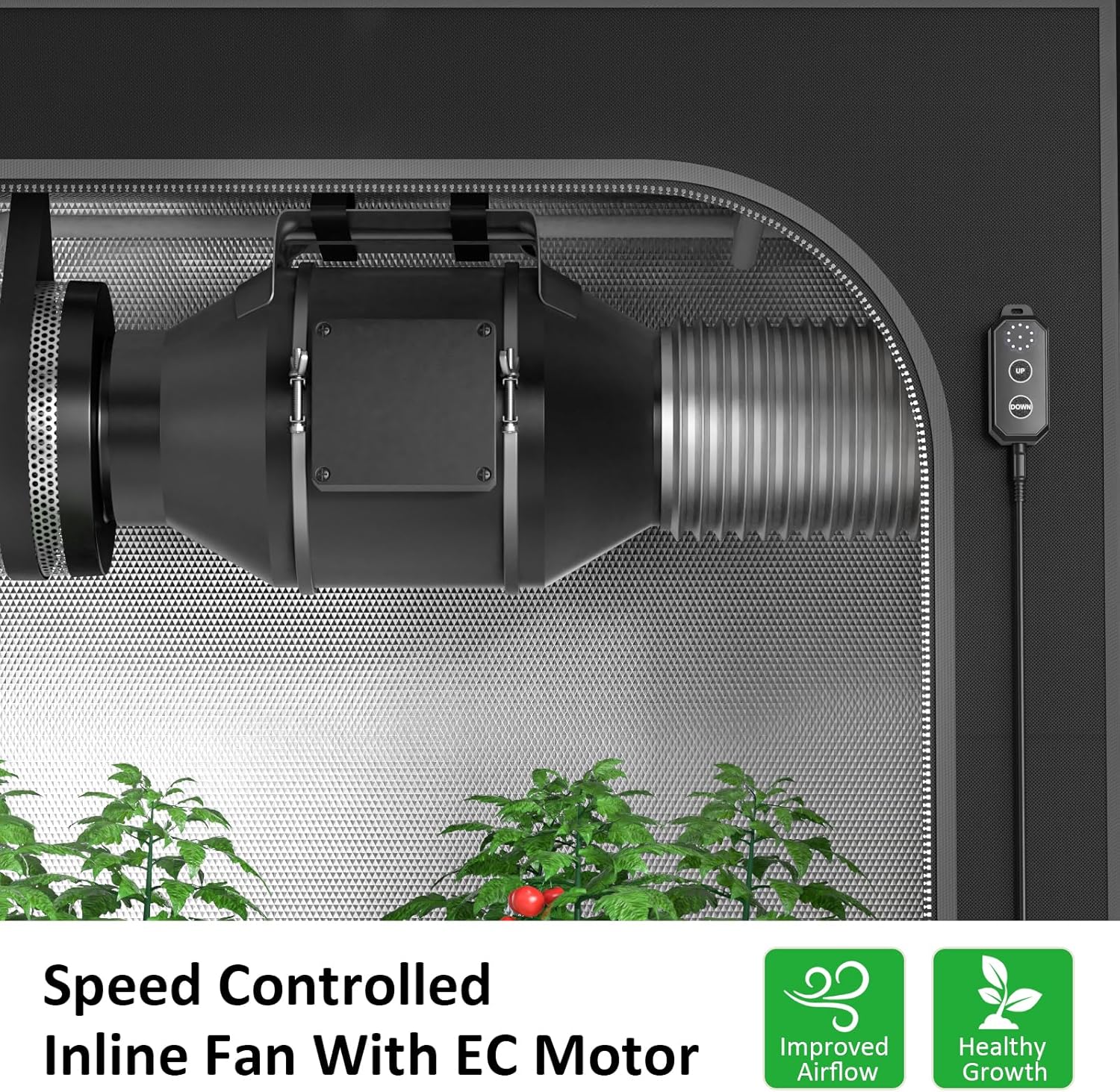
Installing an inline duct fan offers numerous benefits. Firstly, they provide highly efficient air management, as seen in innovative models designed for optimal indoor air circulation. This efficiency translates into better odor control, rapidly removing cooking smells, bathroom humidity, or workshop fumes. They also play a crucial role in humidity regulation, preventing issues like mold and mildew in damp areas such as basements or bathrooms. Many modern designs, like the ones featuring streamlined cylindrical housings, are not only aesthetically pleasing but also boast whisper-quiet operation, ensuring they don't disrupt daily activities. Furthermore, options like an inline cooling fan can assist in distributing conditioned air more effectively, leading to more even temperatures. The versatility of these fans allows them to be used in both residential and commercial settings, often featuring durable construction for long-lasting performance.
In which environments can an inline duct fan make a significant difference?
An inline duct fan is incredibly versatile and can significantly improve air quality in a wide array of environments. In homes, they are perfect for kitchens to eliminate cooking odors and excess heat, and in bathrooms to manage steam and prevent moisture buildup. Basements, often prone to dampness, benefit greatly from improved airflow and humidity control. For workspaces, such as offices, they ensure continuous fresh air, which is vital for productivity and well-being. Beyond residential use, a commercial inline duct fan is invaluable in settings like cafeterias to keep dining areas pleasant, or in repositories and warehouses to manage air circulation over large spaces. They are also effectively used in specialized applications like industrial workshops, garages, greenhouses for plant health, and even grow tents to optimize growing conditions by extracting excess heat and humidity.
Are inline duct fans noisy during operation?
A common concern with any ventilation system is noise. However, many modern inline duct fans are specifically engineered for quiet performance. Manufacturers often highlight features like "whisper-quiet" operation, meaning these fans can run smoothly in the background without causing significant disturbance. This is particularly important for residential applications such as bedrooms, living areas, or home offices where peace and quiet are valued. Even in commercial settings, quieter operation can contribute to a more pleasant environment for employees and customers. When searching for solutions, looking for the best quiet inline fans is a good strategy to ensure comfort alongside effective ventilation. The design of the fan, including its motor and blade construction, plays a crucial role in minimizing operational noise.
How does a high airflow inline fan contribute to overall system efficiency?
A high airflow inline fan is designed to move a larger volume of air compared to standard models, which is crucial for certain applications and overall system efficiency. In larger spaces, such as warehouses, industrial workshops, or expansive commercial areas, a high airflow capacity ensures that stale air is effectively replaced and that temperature and humidity are managed consistently throughout the entire area. This robust airflow is also beneficial in environments with high levels of contaminants, heat, or moisture, as it allows for quicker and more thorough ventilation. Features like powerful motors and precision-engineered blades contribute to this high performance, making these fans essential for maintaining optimal air quality and comfort in demanding situations. They can also improve the efficiency of existing HVAC systems by boosting air movement through long or complex duct runs.
Why should I consider an inline exhaust fan for my ventilation needs?
An inline exhaust fan is a highly effective solution specifically designed to remove unwanted elements from the air within a space. Its primary role is to extract stale air, moisture, odors, smoke, heat, or pollutants directly at the source and expel them outside through ductwork. This makes them particularly beneficial in areas like kitchens, where they can efficiently remove cooking fumes and grease; in bathrooms, to combat steam and prevent mold growth; and in workshops or garages, to vent fumes from chemicals, paints, or vehicle exhaust. By actively removing these undesirable airborne particles, an inline exhaust fan significantly improves indoor air quality, creates a healthier environment, and enhances comfort. Their ability to be installed within the ductwork also means they can operate discreetly and powerfuly, offering a targeted approach to ventilation challenges.
What makes the inline duct fans from Ningbo Aoshun Electrical Co., Ltd. particularly noteworthy?
While specific product features always speak volumes, considering inline duct fans from a company like Ningbo Aoshun Electrical Co., Ltd. often means benefiting from their commitment to innovation and quality in electrical products. Their products are often described as engineered for efficient air management, featuring sleek, modern, and highly adaptable designs. This adaptability is key, as their fans are shown to be suitable for a vast range of environments, from residential homes and kitchens to demanding industrial workshops and greenhouses. The emphasis on durable construction ensures longevity whether in residential or commercial settings. Furthermore, a company with a broad scope in ventilation, including HVAC inline fans and various accessories, often translates to a deeper understanding of airflow dynamics and a comprehensive approach to ventilation solutions, aiming for one-stop purchasing convenience for their customers.
How do these fans manage air in specialized settings like greenhouses or grow tents?
In specialized environments such as greenhouses and grow tents, precise air management is critical for success. An inline duct fan, sometimes acting as an inline blower fan, plays a vital role in creating and maintaining the optimal microclimate for plant growth. These fans are used to efficiently extract excess heat, which can build up quickly from lighting systems or solar gain, and to control humidity levels, preventing conditions that could lead to mold or inhibit plant development. By ensuring consistent air circulation, they also help to distribute CO2 evenly, which is essential for photosynthesis. The robust design of these fans allows them to handle the demands of continuous operation in such environments, helping horticulturists and indoor growers maximize yields and protect their delicate crops by maintaining uniform temperature and humidity.

